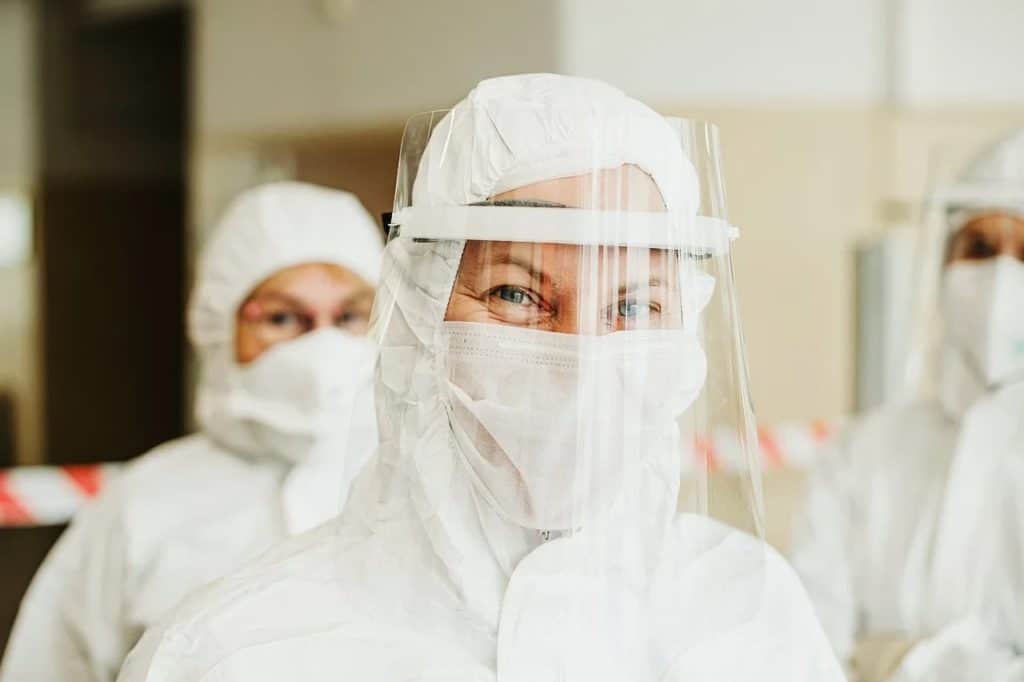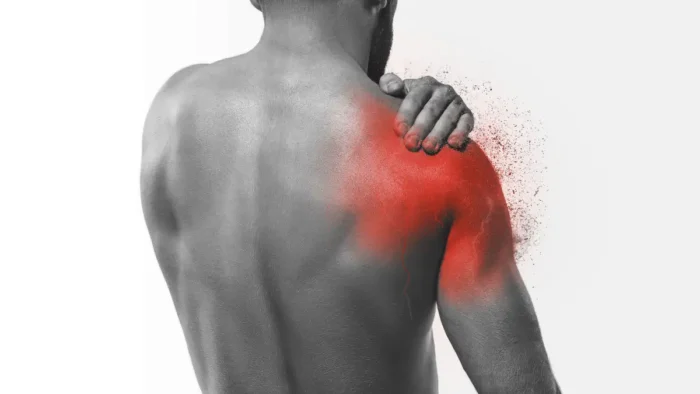The current COVID-19 pandemic has pushed just about every healthcare system in the world to the brink of failure. Hospitals in large metropolitan areas have been completely overwhelmed for almost a year.
Yet, the outlook isn’t so bleak. We’re slowly starting to understand the invisible enemy we’re fighting against. Hospitals have developed effective measures and methods that help them prevent the intrahospital spread of Coronavirus. Here are just a few of them.
Reducing the Number of People Entering the Hospital
COVID-19 is a very difficult virus to combat due to its rather long incubation period. Those infected by COVID-19 can take up to a few weeks to develop their first symptoms. However, despite not feeling ill, they are spreading the virus during the initial days post-infection.
Hence, one of the most crucial forms of virus spread prevention is to limit the number of people entering the hospital. This means screening visitors and non-essential personnel in an effort to reduce the number of superspreaders who could potentially be infected.
Using Active Protection Measures
Exploring the nature of the COVID-19 virus has led to several effective methods of active protection that have shown to work well in hospitals. For one, the use of PPE has proven to be effective in reducing the amount of exposure as far as medical personnel goes
However, it’s the UVC radiation devices that are producing the most promising results. UVC radiation is the least harmful type of UV radiation that doesn’t penetrate the skin but is fully capable of neutralizing microscopic biological organisms.
Hospitals around the world are employing omnidirectional UVC lamps to perform contactless sterilization of critical infrastructure. That being said, there’s a device designed to sterilize shoes that kills over 99% Coronavirus on soles of footwear, and it can only help you out. Furthermore, such devices are often a part of an active protection barrier setup that most medical facilities are enforcing during the pandemic.
Delaying Non-Critical Procedures
One of the best methods of COVID-19 spread prevention is careful planning. Most healthcare systems around the world have designated a number of medical facilities to serve as COVID-19 centers. However, as the pandemic became worse and the number of infected began to rise, more and more hospitals became designated COVID-19 clinics.
Non-critical procedures and operations were delegated to select medical centers that haven’t been involved in the fight against Coronavirus. However, as time went on, such procedures were postponed indefinitely.
Doing so has saved countless lives. Having patients circulate through a potential COVID-19 hot zone presented an unnecessary risk that jeopardized the health of numerous individuals. Contact tracing patients infected in such environments was deemed nearly impossible.
Designated Visitors Status
Some jurisdictions in the US are having trouble designating entire hospitals as dedicated Coronavirus centers. In many cases, hospitals have to handle the influx of COVID-19 related cases, while maintaining their other wards.
This means that these hospitals have to allow family visitors to areas such as the NICU and the nursery. One of the ways hospitals are working on reducing the risk of Coronavirus exposure in these cases is to designate a parent who can come visit the patient, meaning that all other families have to stay away from the hospital to reduce the risk of virus transmission.
Of course, the use of appropriate PPE is a must in such conditions, and all visitations are reduced to a bare minimum.
Sanitation

Sanitation is the backbone of every hospital’s disease prevention and suppression strategy. Maintaining critical areas through frequent cleaning and use of chemical agents has proven to be invaluable in fighting COVID-19. Hospitals that have adjusted their patient management procedures to leave enough room for proper sanitation of patient rooms have seen a lower number of intrahospital infections.
Adapting the Healthcare System
It’s been a full year since COVID-19 first appeared en masse. The initial global response was underwhelming, leading many healthcare systems extremely close to the point of failure. Yet, medical professionals all over the world have found ways of adapting to the new situation.
Slowly but surely we’ve seen the introduction of standardized procedures designed to prevent the spread of Coronavirus. As we keep learning about this virus, we are more likely to see more options becoming available as far as neutralization goes.
Of course, with vaccines becoming more and more available all over the world, it is fair to assume that the future COVID-19 infection rate will subside to a level where most healthcare systems will be able to handle the demand without disrupting the practice of conventional medicine. However, we’re not there yet.





